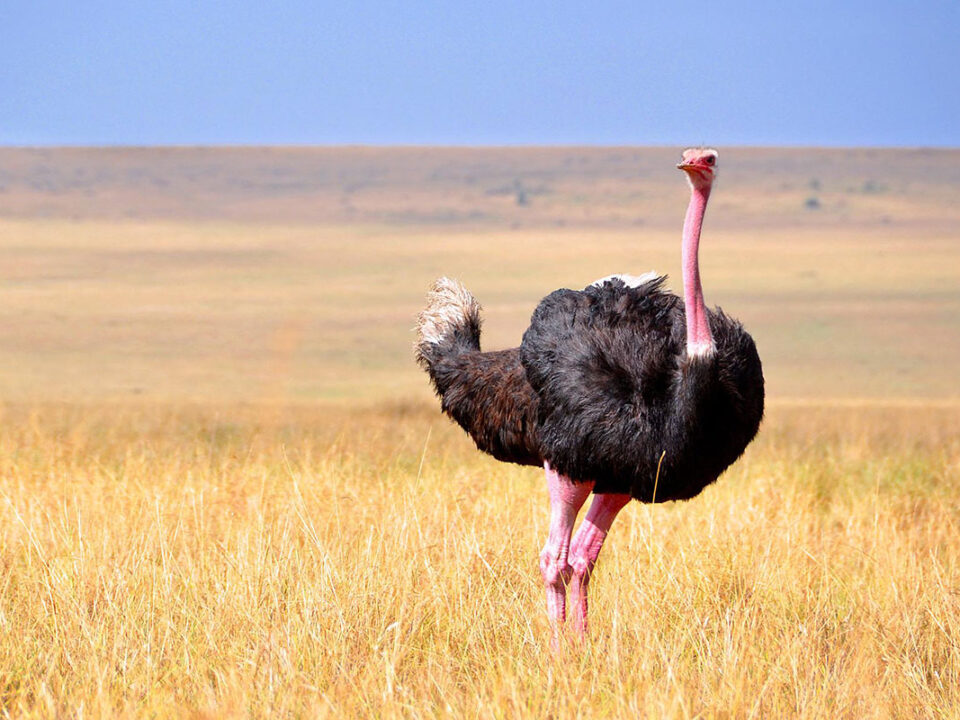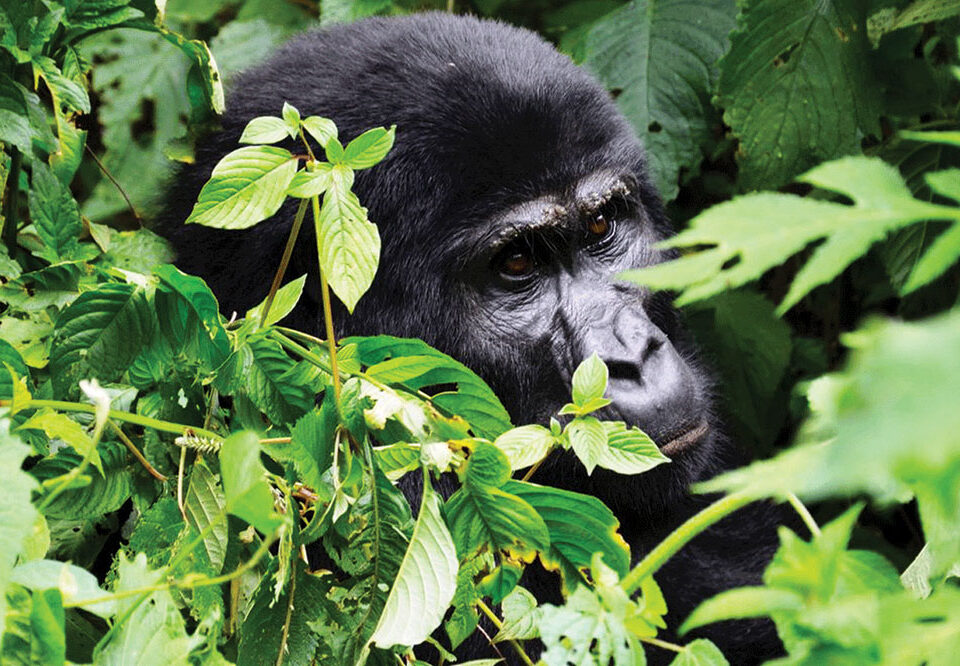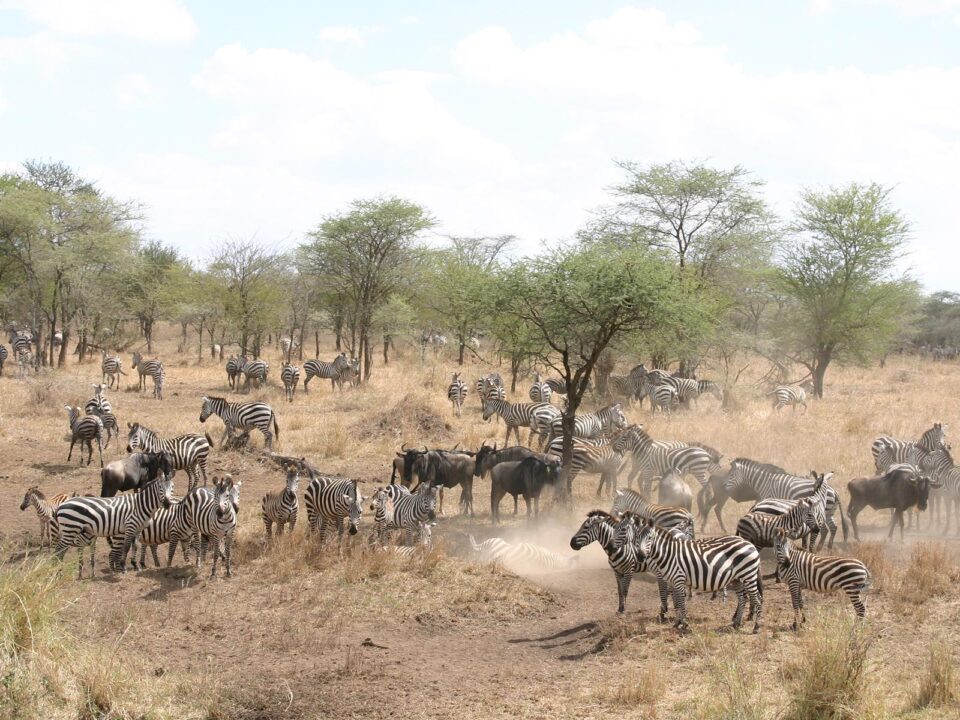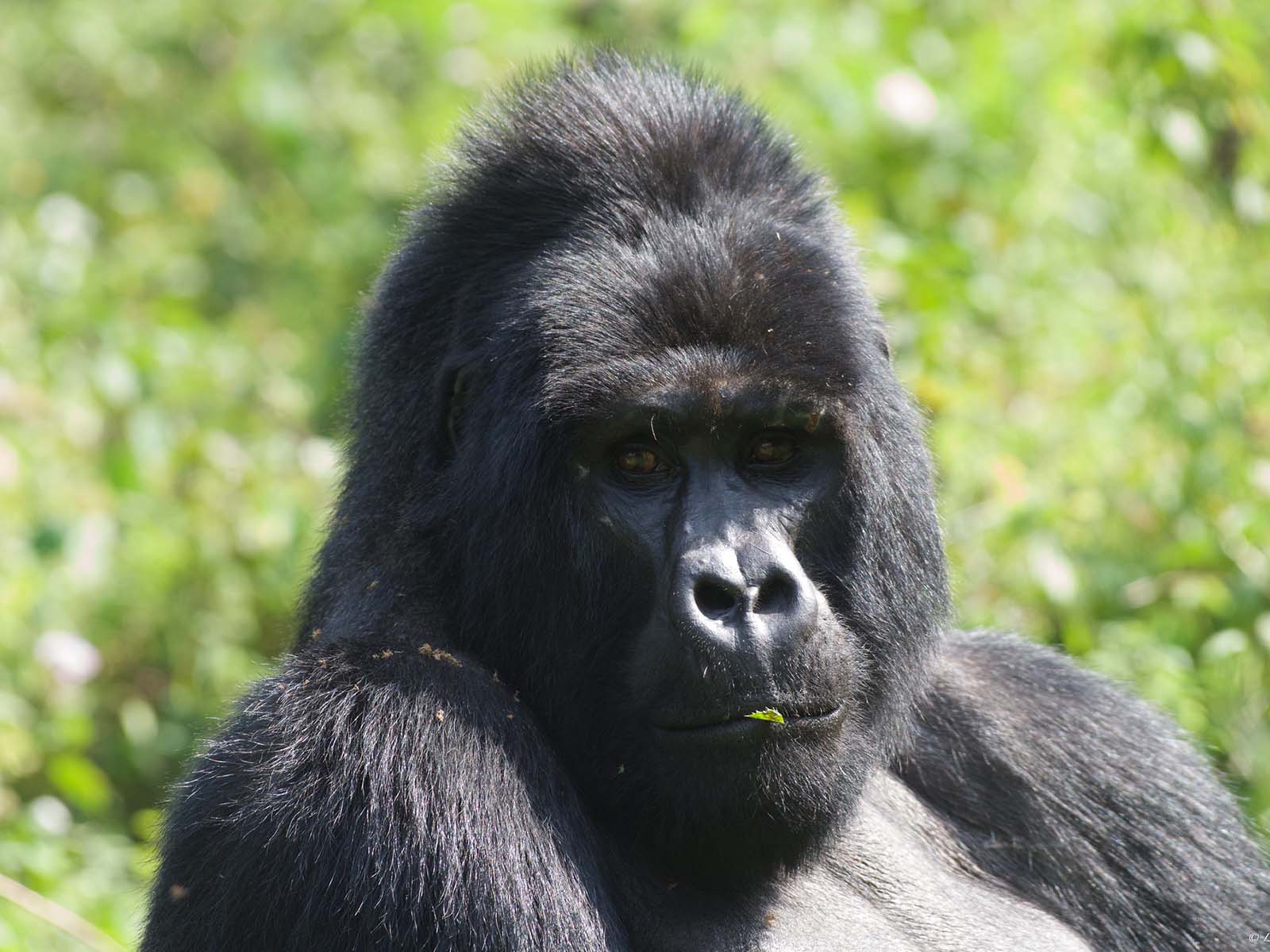
Rushaga Mountain Gorilla Region
November 3, 2023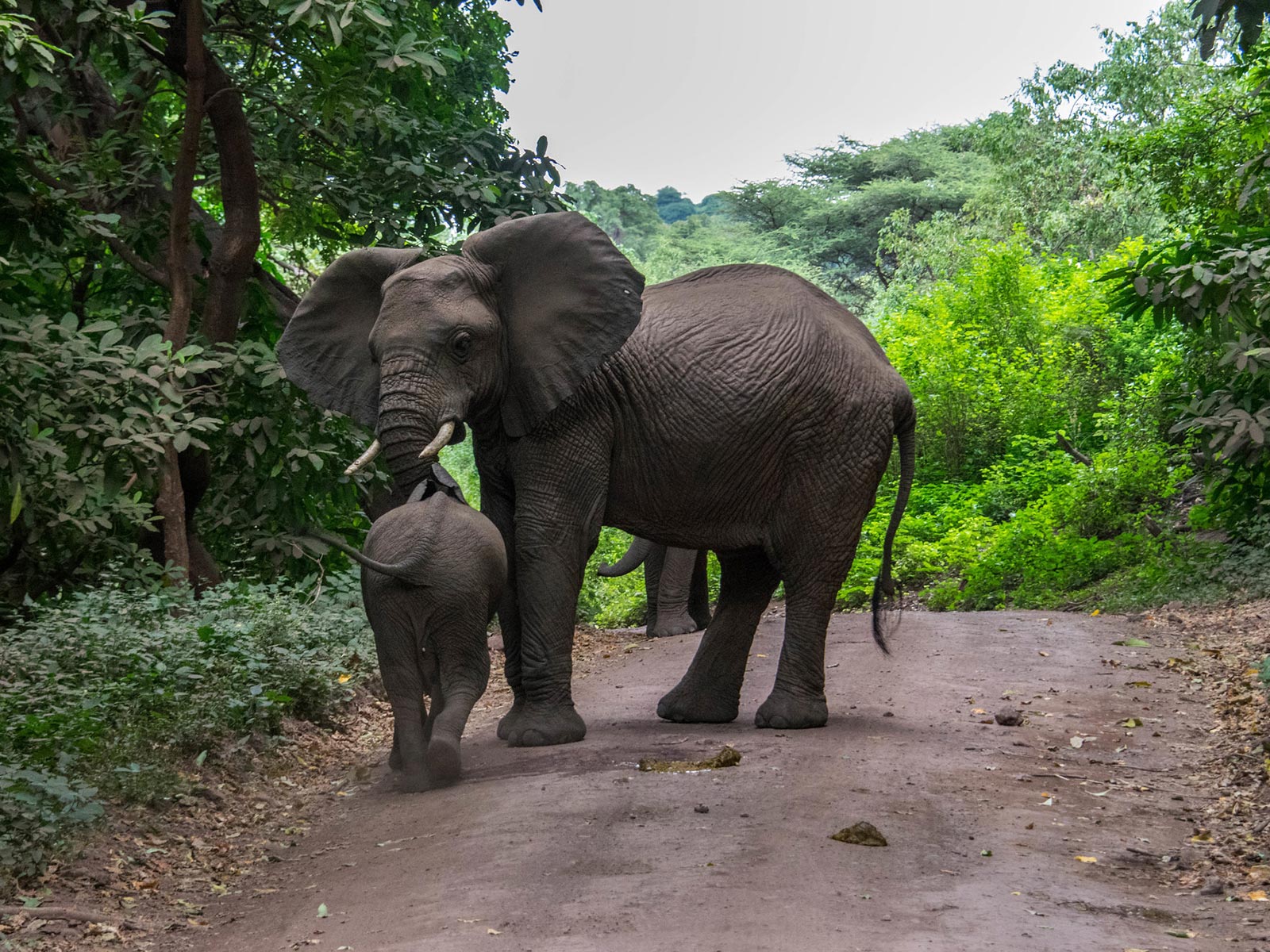
Safari to Lake Manyara National Park, Tanzania
November 6, 2023Embarking on an Unforgettable Safari to Mahale Mountains National Park in Tanzania
Discovering the Wonders of Mahale Mountains National Park
Mahale Mountains National Park in Tanzania, a gem among the country’s national parks, boasts an enchanting landscape bordering Gombe in the north. This park is renowned as the home to Africa’s last remaining wild chimpanzees, with a population of approximately 900 individuals. These remarkable chimpanzees have been habituated to human visitors, thanks to a Japanese research project initiated in the 1960s. Consequently, Mahale has become a sought-after destination for primate enthusiasts and those eager to experience the wonders of chimpanzee tracking.
Situated in Western Tanzania, south of Kigoma town, Mahale National Park shares its border with Lake Tanganyika, which holds the distinction of being the world’s longest freshwater lake, the second deepest, and one of the least polluted. This vast expanse of water is a sanctuary for an estimated 1000 fish species, making it a paradise for aquatic biodiversity.
Unveiling the Charms and Activities of Mahale National Park
The Chimpanzee Tracking Experience:
The journey of tracking the chimpanzees of Mahale is nothing short of magical. Guided by experienced eyes, you will follow the trail of last night’s nests, perched high in the treetops, offering an intriguing glimpse into the chimpanzees’ nocturnal activities. Clues in the form of half-eaten fruit and fresh dung will lead you deeper into the lush forest. Amidst dappled sunlight, butterflies flutter, enhancing the sense of wonder.
Chain of Mountains (Mahale Range):
The Mahale Mountains are a striking range located on the eastern shore of Lake Tanganyika in western Tanzania. They reach a height of 2,462 meters, culminating in Mount Nkungwe. This range, along with its diverse habitats, is protected within Mahale Mountains National Park. The area is renowned for its rich wildlife, including the famous chimpanzees.
Forest Fauna and Flora:
Mahale’s forested haven is home to a variety of wildlife, such as the Angola colobus, red colobus, red-tailed and blue monkeys, as well as an array of forest birds. The park’s unique environment includes elements like alpine bamboo and montane rainforest, creating a picturesque backdrop for your exploration.
Beach Along Lake Tanganyika:
Lake Tanganyika is a natural marvel, earning its place as the world’s longest freshwater lake, the second largest, and the second deepest. It spans four countries – Tanzania, the Democratic Republic of the Congo, Burundi, and Zambia, with Tanzania claiming 46% of its northwestern border. The park’s proximity to this majestic lake offers a serene beach experience along its shores, allowing visitors to bask in its beauty and tranquility.
Local Fishermen:
Immerse yourself in the local culture and witness the traditional fishing practices of the communities residing along the lake. Understanding the value of local knowledge for comprehending fisheries resources and climate-related changes in Lake Tanganyika is a unique opportunity in this region.
Sunset on the Lake Horizon:
The park’s location along the shores of Lake Tanganyika provides breathtaking sunset views. These mesmerizing scenes along the water’s edge offer a chance to savor the tranquility of nature in its purest form.
Sports Fishing and Water Activities:
For those who relish water adventures, Mahale offers the opportunity to book fishing safaris and engage in a variety of water sports. Delve into the depths of Lake Tanganyika and try your hand at sports fishing or partake in thrilling water activities.
Best Time to Explore the Park
The ideal time to visit Mahale Mountains National Park is during the dry season, which typically spans from May to October. This period is particularly advantageous for witnessing the chimpanzees in substantial groups, as well as for enjoying the radiant sunshine that illuminates the waters of Lake Tanganyika. Additionally, the lakeside beach invites relaxation during these months. Nonetheless, Mahale Mountains National Park remains accessible throughout the year, and visiting during the rainy season can create a unique and memorable experience. Here, the onset of rains is usually brief, occurring in the late afternoon or evening.
Accessibility to the Park
Reaching the remarkable Mahale Mountains National Park is possible through various transportation options:
1. Direct Flights to Mahale:
The most convenient way to access Mahale is by taking direct flights, especially during the peak tourist season from June to October. Tour operators with camps in Mahale schedule regular flights between the park and Arusha town. Between October and March, flights are available twice a week. However, from March to May, when camps are closed, scheduled flights are not operational. In such cases, visitors can arrange charter flights through numerous charter flight companies in Tanzania.
2. Travel to Mahale via Kigoma:
- By Air: Daily flights connect Dar es Salaam to Kigoma, with a flight duration of about 3 hours.
- By Road: While road travel to Kigoma is possible, the journey can be rugged and challenging, particularly during the rainy season. A 4-wheel drive vehicle is essential for navigating the route, especially from Arusha, which takes 2 or 3 days by car.
- By Rail: Trains departing from Dar es Salaam operate 2-3 times weekly, offering a journey lasting approximately three days and two nights.
From Kigoma, Mahale can be reached by boat, light aircraft, or by road. Visitors can arrange transport by speedboats or timber boats from Kigoma through the park or private operators in Kigoma. The speedboats take around 4 to 5 hours to reach the park, while timber boats may take 15 hours or longer.
An alternative option is the large steamship MV Liemba, which departs from Kigoma twice a month. It traverses the length of Lake Tanganyika, making several stops along the way, including Mahale. MV Liemba takes about 10 hours to reach Lagosa-Mgambo, which is Mahale’s point of access.
From Lagosa-Mgambo, park boats can be organized for pickups, and Mahale is only a 45-minute flight away from Kigoma town by light aircraft. Some safari companies offer private charter flights from Kigoma to Mahale, providing convenient access to this national park.
Traveling by road is another possibility. Visitors can drive from Kigoma to Mahale via Simbo Village, a route that crosses the Malagarasi River (passable during the dry season). Alternatively, you can drive to Sigunga Village, located 122 kilometers away, and then arrange a boat transfer to the park, with boat cruises typically taking 1 to 2 hours.
Park Regulations and Guidelines
As a park that hosts one of Africa’s most studied chimpanzee populations, Mahale Mountains National Park upholds certain rules and regulations aimed at safeguarding both its unique chimpanzee inhabitants and the pristine forest they inhabit. Here are some of the key park rules:
- Stick to authorized trails.
- Avoid disturbing wildlife or making loud noises.
- Be considerate to fellow visitors and maintain respect for animals being observed.
- Do not bring pets or firearms into the park.
- Avoid plucking, picking, or damaging indigenous plants within the park.
- Refrain from lighting fires or disposing of burning objects.
- Properly dispose of litter and waste.
- Between 7:00 p.m. and 6:00 a.m., stay near designated accommodation facilities, such as tented camps, tourist bandas, rest houses, or campsites.
- Each permit is valid for a single entry within 24 hours.
Chimpanzee Viewing Regulations
When observing the chimpanzees, adhere to the following regulations:
- Maintain a minimum distance of 10 meters from the chimpanzees to minimize the risk of disease transmission.
- Always wear a mask (provided by your guide) over your nose and mouth when in proximity to chimpanzees.
- Do not eat or drink near the chimpanzees; move at least 250 meters away.
- Refrain from leaving personal belongings on the ground where chimpanzees can access them.
- Do not leave any litter behind, as it can harm wildlife and transmit diseases to the chimpanzees.
- If you feel the urge to cough or sneeze near the chimpanzees, cover your nose and mouth to reduce the spread of germs.
- Avoid going to the toilet in the forest, but if necessary, move at least 250 meters from the chimpanzees, and ask your guide to dig a deep hole.
- If you are sick or have an infectious disease, it is not permitted to visit the chimpanzees. Inform the camp managers, and they will decide on the best course of action.
- Visitors under the age of 12 are not allowed to visit the chimpanzees for their safety and to reduce the risk of disease transmission.
- A maximum of 6 visitors, along with one guide, are allowed close to the chimpanzees at any given time. If another group is already observing the chimpanzees when you arrive, your guide will direct you to wait at a designated spot, at least 250 meters away from the animals.
- The maximum viewing duration is one hour. If the chimpanzees move or if viewing is interrupted, your time will be paused until they are relocated. Tracking the chimpanzees is not permitted for more than 3 hours after the initial sighting, even if the one-hour total has not been reached. These regulations aim to minimize disturbances to the animals and the forest.
General Safety Guidelines
While Mahale’s chimpanzees have been habituated and studied for over 40 years, it is essential to prioritize safety during encounters with these wild animals. Here are some general safety rules:
- Maintain low voices when near the chimpanzees, which also aids in appreciating the varied wildlife of the Mahale forest.
- Refrain from pointing at the chimpanzees or making abrupt movements.
- Avoid direct eye contact, as chimpanzees might interpret it as aggressive or threatening behavior.
- Do not use perfume, smoke, or spit in the vicinity of the chimpanzees.
- When close to the chimpanzees, stay in a close-knit group and opt to sit or squat rather than stand to minimize disturbance. Ensure that your group does not encircle the chimpanzees.
- In the rare event of a chimpanzee charging towards you, move to the nearest tree, stand, and securely hold onto the trunk. Remain calm, avoid running, and follow your guide’s instructions.
- Keep camera flashes turned off, as flash photography can agitate and antagonize the chimpanzees.
Accommodation Options in Mahale National Park
Mahale National Park offers several accommodation options:
Park Facilities: The park provides five self-contained tourist bandas, each featuring two rooms with twin beds and a private bathroom. Kitchen facilities are available for self-catering, and you can hire local cooks to prepare your meals.
Private Tented Camps: Mahale hosts three luxury tented camps, all owned and operated by private investors:
- Nomad Safaris Luxury Tented Camp
- Nkungwe Luxury Tented Camp
- Flycatcher Safari Camp
Embarking on a safari to Mahale Mountains National Park in Tanzania is a journey to cherish, allowing you to witness the captivating world of chimpanzees and immerse yourself in the natural beauty and serene landscapes of this exceptional national park.


